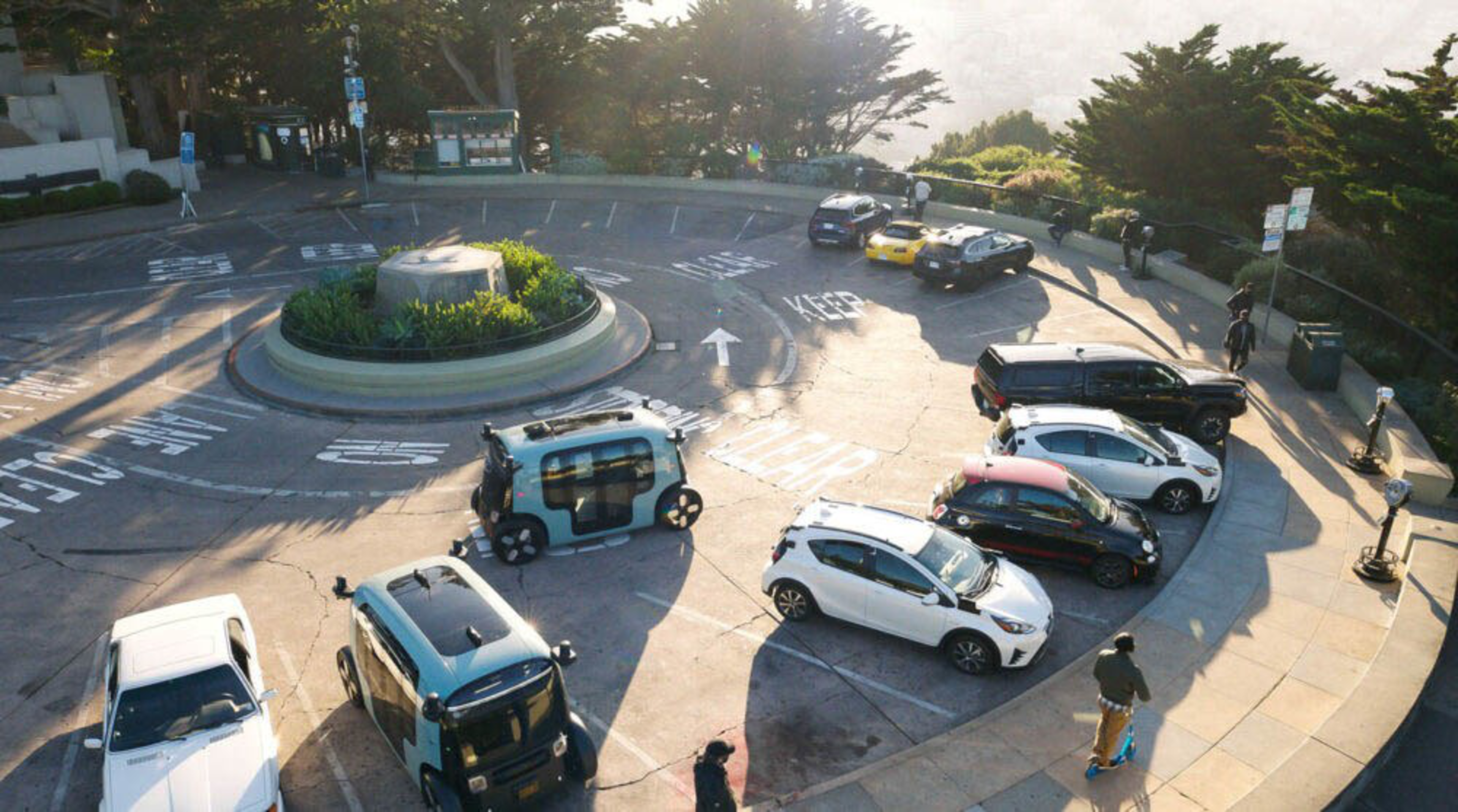Amazon-owned Zoox has reported 39 crashes in San Francisco since the beginning of 2022, according to California Department of Motor Vehicles reports (opens in new tab).
The crashes include any incident in which an autonomous vehicle came into contact with an object or a person, be it another vehicle, a biker, scooter, pedestrian, road barriers or debris. The collisions may have occurred when the vehicle was either in autonomous (driverless) or manual mode (meaning there is a human operator behind the wheel).
Zoox, which is required to report all collision incidents to the California Department of Motor Vehicles, the California Public Utilities Commission and the National Highway Traffic Safety Administration, has reported 42 crashes statewide since Jan. 1, 2022—17% of all 252 robotaxi crash reports in that period. Waymo’s collisions make up the majority of these reports, with 110, and Cruise recorded 64.
The most serious Zoox incident happened on Sept. 14, 2022, during which a private car was reported to have jumped the median and made contact with the Zoox vehicle on the Interstate 580 West freeway ramp in Altamont, California. After contact, the private car continued to roll off an embankment before first responders rushed to the scene.
There were six reported incidents where injuries were sustained. In four of these reports, it was the Zoox operators or riders who sustained injuries, which included everything from sore necks and backs to more severe injuries that required medical attention. The reports do not elaborate on what those injuries were.
Several of the incidents are minor traffic collisions—such as another vehicle rear-ending the Zoox at a traffic stop with no vehicle damage or a person on a scooter hitting a taillight.
The company has largely been in the shadow of rivals Cruise and Waymo, despite being founded nearly a decade ago and operating on public roads since 2017. Recent California Public Utilities Commission hearings to greenlight charging passengers for robotaxi rides through San Francisco did not include Zoox.
Zoox has attempted to set itself apart from the competition by building an entirely new autonomous design for its cars. Its purpose-built vehicle features a large, boxy body with sliding doors and cartoonish wheels.
You may have also seen some retrofitted Toyota Highlanders with the Zoox logo driving around San Francisco: These vehicles, which have human safety drivers behind the wheels, are equipped with lidar sensors and cameras and are used for data gathering and testing purposes.
Zoox has yet to reach 1 million driverless public road miles, a milestone reached by both Waymo and Cruise in February. It is currently only offering fully autonomous rides on public roads to employees between two company buildings in Foster City, which are a mile apart. The company is gearing up to accelerate operations, increasing its staff to 2,200 from 1,900 this year, according to Reuters (opens in new tab).
Zoox did not respond to requests for comment.
